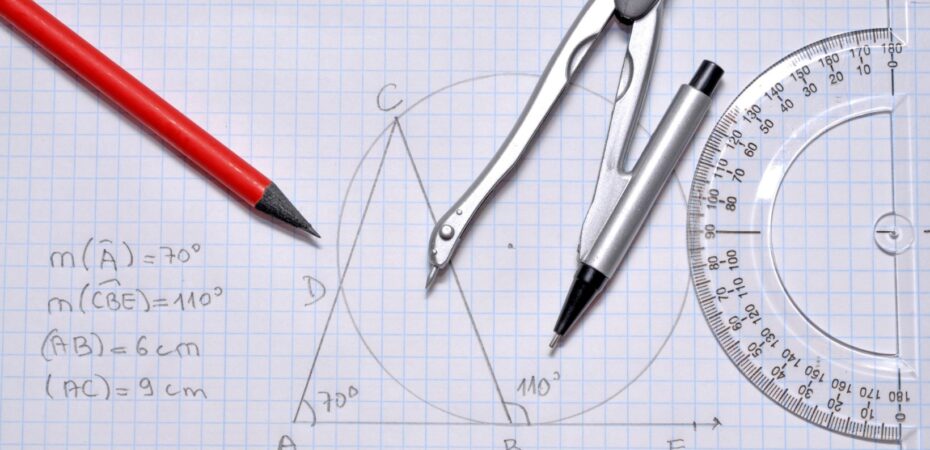How to Find Distance between Point and Line
Finding the distance between a point and a line is a common problem in geometry. It can be challenging to determine how far apart these two entities are, especially when dealing with complex equations. In this article, I’ll guide you through the process of finding the distance between a point and a line, providing step-by-step instructions that will help you solve this problem with ease.
To begin, it’s important to understand the concept of distance in mathematics. Distance refers to the measure of separation between two objects or points in space. When it comes to finding the distance between a point and a line, we need to consider both their coordinates as well as any given equations associated with them.
One method for determining this distance involves utilizing vector projections. By projecting the position vector from the given point onto the direction vector of the line, we can establish a perpendicular connection which allows us to calculate the shortest distance between them. This approach provides an efficient way to find accurate results without needing elaborate calculations.
The Distance Formula
When it comes to finding the distance between a point and a line, understanding the equation of a line in standard form is crucial. The standard form equation for a line is given by Ax + By = C, where A, B, and C are constants. This form allows us to easily determine the properties of the line and calculate its distance from any given point.
To compute the distance between a point (x₁, y₁) and a line represented by Ax + By = C, we can use the distance formula. The formula is derived from basic geometry principles and involves finding the perpendicular distance from the point to the line.
The distance d can be calculated using this formula:
d = |Ax₁ + By₁ – C| / √(A² + B²)
Let’s consider an example: Suppose we have a line with an equation 2x – 3y = 5 and we want to find its distance from the point (4, -1). Plugging in the values into our formula, we get:
d = |2(4) – 3(-1) – 5| / √(2² + (-3)²) = |8 + 3 – 5| / √(4 + 9) = |6| / √13 ≈ 2.31
Therefore, the distance between the given point (4,-1) and the line represented by 2x – 3y = 5 is approximately equal to 2.31 units.

Finding the Equation of a Line
Now that we understand how to calculate distances between points and lines using their equations in standard form, let’s explore how to find this equation when certain conditions are known.
To determine an equation representing a specific line passing through two points (x₁, y₁) and (x₂, y₂), we can use the slope-intercept form of a line equation: y = mx + b. The slope m can be calculated as (y₂ – y₁) / (x₂ – x₁), and once we have the slope, we can substitute it along with one of the given points into the equation to solve for the y-intercept b.
For example, if we have two points (-2, 3) and (1, -4), we first calculate the slope:
m = (-4 – 3) / (1 – (-2)) = -7 / 3
Next, substituting one of the points into our equation:
3 = (-7/3)(-2) + b b ≈ -1.33
Therefore, the equation representing this line is y = (-7/3)x – 1.33.
Identifying the Coordinates of the Point
Sometimes we are given a line in standard form and need to find its closest point to a specific point not lying on that line. To determine this closest point’s coordinates (x₀, y₀), there is an approach based on perpendicular lines.
Firstly, let’s assume our given line has an equation Ax + By = C. We’ll also consider a point P(x,y) not lying on that line.
The coordinates of P(x₀,y₀), which represents the closest point on the line to P(x,y), can be found using these formulas:
x₀ = (B(Bx – Ay) – AC) / (A² + B²) y₀ = (A(-Bx + Ay) – BC) / (A² + B²)
By applying these equations and substituting appropriate values for A, B, C, x, and y from your problem statement or scenario at hand; you can effectively find the coordinates of the closest point on the line to a given point.


 By
By 





